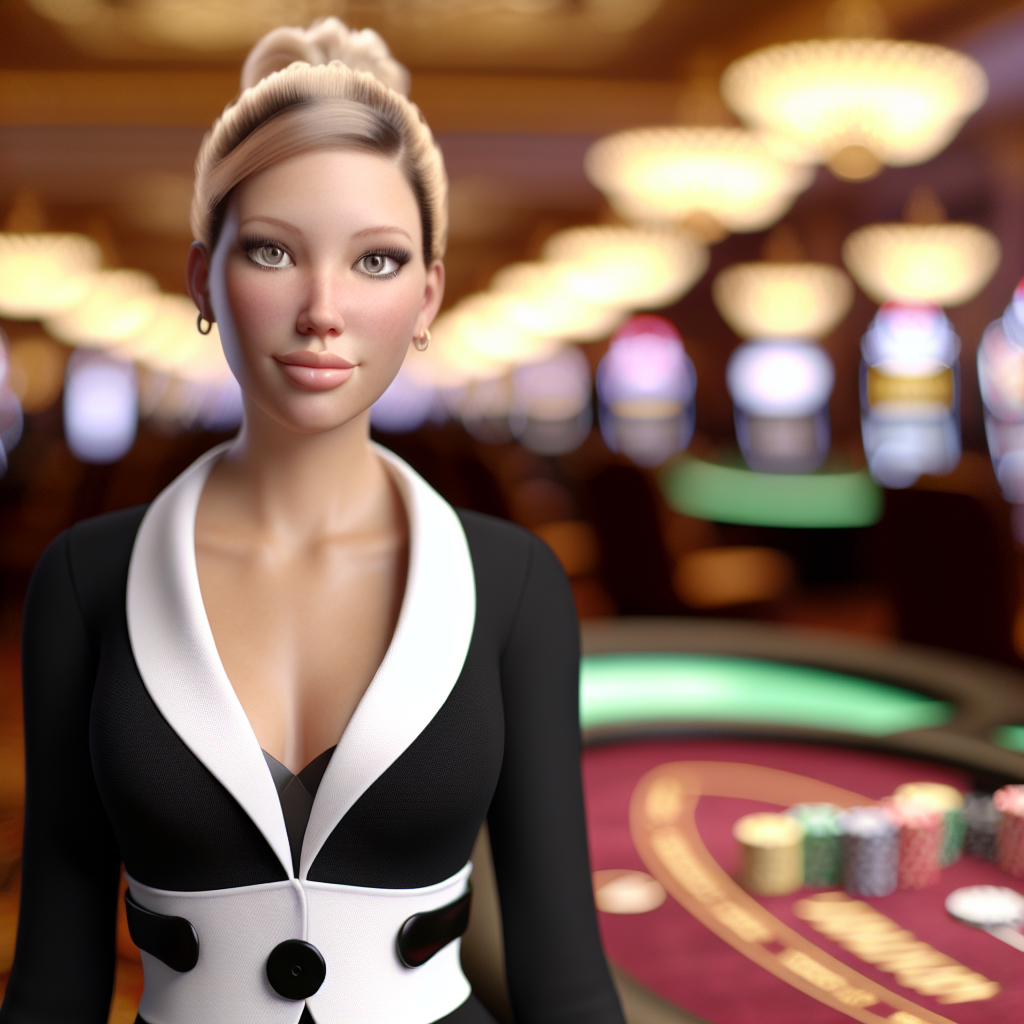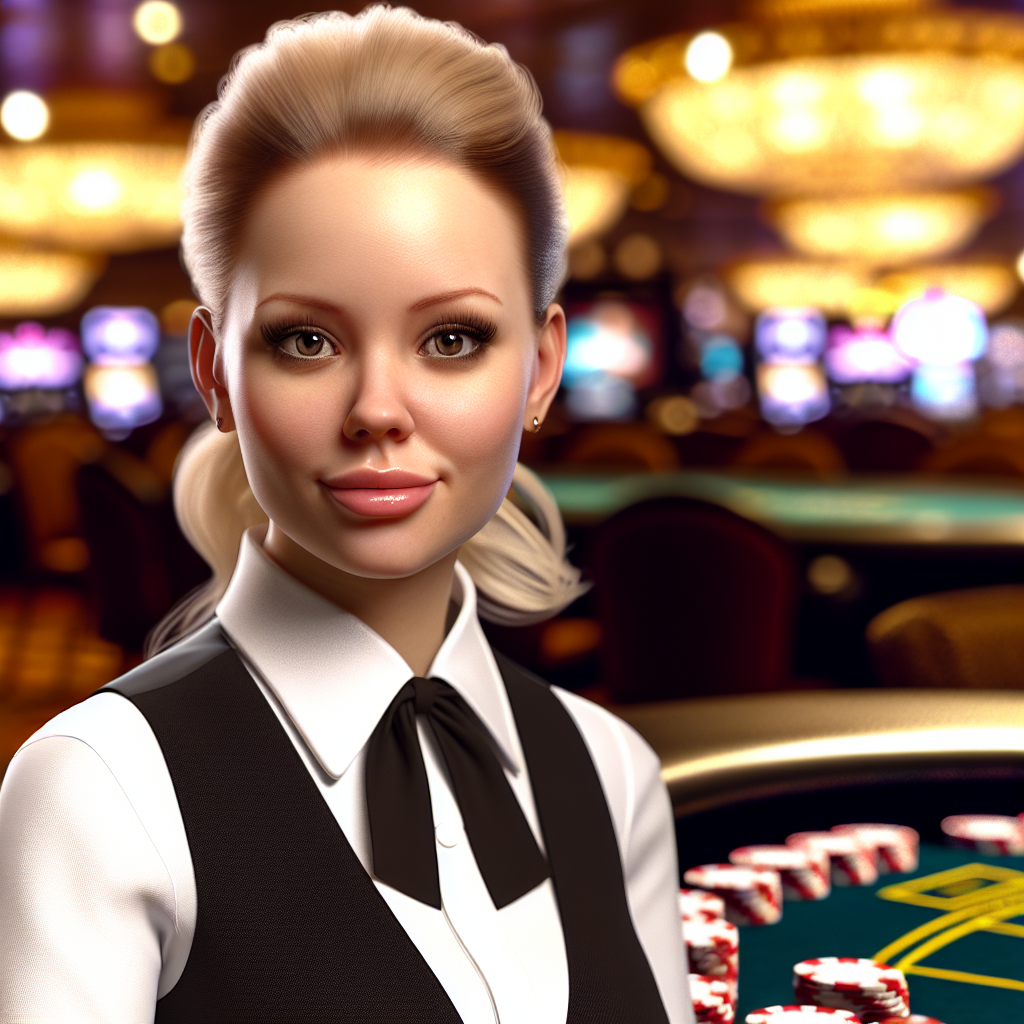In the high-stakes world of poker, the art of reading opponents is often dramatized in Hollywood films, leading to a widespread belief in so-called “poker tell myths.” These myths suggest that players can easily decipher another’s hand through exaggerated gestures or facial expressions, as seen in countless cinematic portrayals. However, as poker aficionados and professionals know, the reality is far more nuanced. With an increasing number of players turning to online poker rooms and televised tournaments, the question arises: What has Hollywood gotten wrong about poker tells, and how does it affect your game? Let’s delve into the misconceptions and uncover the truth behind these myths.
Understanding Poker Tells: Fact vs. Fiction
Hollywood’s depiction of poker tells can often mislead both new and seasoned players. It suggests that simple, overt actions—like a player adjusting their glasses or scratching their nose—are definitive signs of bluffing or holding a strong hand. However, professional poker players know that tells are subtle and context-dependent, often requiring a deep understanding of both the game and the opponent. This revelation is supported by research, which highlights the complexity of poker psychology.
poker tell myths – Poker Tell Myths: What Hollywood Got Wrong
Example: In 2025, a study published by Upswing Poker debunked the Hollywood myth that players who scratch their noses are bluffing, revealing that only 12% of such instances in online poker games actually involved bluffs. The study analyzed over 10,000 recorded hands from major online platforms like PokerStars and found that this supposed “tell” was more often linked to physical discomfort or unrelated habits. This finding aligns with the trend of increasing reliance on statistical analysis over anecdotal tells, as players and casinos alike seek more reliable data-driven insights into player behavior.
The Psychology Behind Poker Tells
In reality, successful players rely on a combination of behavioral analysis, betting patterns, and strategic thinking. While physical tells can provide some information, they are not as straightforward as Hollywood suggests. Understanding the nuances of poker psychology can greatly enhance your game. For more on poker strategies, check out our comprehensive guide.
Common Myths Debunked
One pervasive myth is that all players have tells, and they are easy to spot if you know what to look for. However, professionals often disguise their tells or use them to mislead opponents. Another myth is that bluffing is always associated with nervous behavior. In reality, experienced players may exhibit calmness while bluffing, adding layers to the psychological game.
Real-World Poker: Beyond the Screen
As poker continues to evolve with technology, players must adapt to changes in gameplay and strategy. Online poker, with its lack of physical interaction, emphasizes the importance of understanding betting patterns over physical cues. This shift is well-documented by Upswing Poker, which provides insights into the digital landscape of the game.

Guide to poker tell myths
Practical Tips for Modern Players
To succeed in today’s poker environment, players should focus on developing a balanced approach that incorporates both psychological and quantitative analysis. Our complete poker guide offers practical tips and strategies for improving your game.
Conclusion: The Real Art of the Tell
While Hollywood often sensationalizes poker tells, the true art lies in subtlety and understanding the deeper complexities of the game. By debunking these myths and focusing on comprehensive strategies, players can enhance their skills and enjoy a more authentic poker experience. For more insights, subscribe to our updates or explore the latest bonuses on cCasino.com.
Do poker players always reveal tells through facial expressions?
Hollywood often exaggerates facial expressions as tells, but in reality, seasoned poker players are trained to maintain a neutral demeanor to avoid giving away any information.
Is sweating a reliable tell that someone is bluffing?
Sweating can be caused by various factors such as room temperature or individual anxiety levels, and is not a definitive indicator of bluffing in poker.
Can players accurately read opponents like in the movies?
While experienced players can pick up on certain behaviors, poker is a complex game of psychology and strategy, making it unlikely to consistently read opponents as easily as portrayed in films.
Are dramatic all-in bets always a sign of a strong hand?
In reality, going all-in can be a strategic move regardless of hand strength, used to apply pressure or as a bluff, not solely as a sign of confidence in one’s hand.
Is it true that every player has a unique tell?
Not every player has a distinct, identifiable tell; many players work hard to mask any potential tells, making it essential to focus on patterns and betting behaviors instead.
In 2025, understanding the realities behind poker tell myths is crucial for anyone looking to enhance their game and outsmart opponents. Trusted by players, professionals, and curious minds across the casino world, cCasino.com is your global source of insights into the latest trends and in-depth analyses. Stay ahead with timely insights and debunk common misconceptions that Hollywood often gets wrong. Stay ahead with expert content – only at cCasino.com.
Read More: Win Without Studying Poker Enhances Intuitive Player Strategies
Read More: Value Bet Poker Enhances Strategic Decision Making Skills
Read More: Voice-Controlled Casino Interfaces: What’s Next?Future Trends Explored
Read More: AI In Live Poker Enhances Real-time Decision Making
Read More: Slowplay Poker Strategy Enhances Skillful Winning Poker Methods
Explore more casino content you won’t want to miss:
online poker tells enhance your strategic gameplay skills | Reverse Tells Poker Enhances Winning Strategies For Players | Fake Poker Tells Enhance Your Winning Poker Strategy





